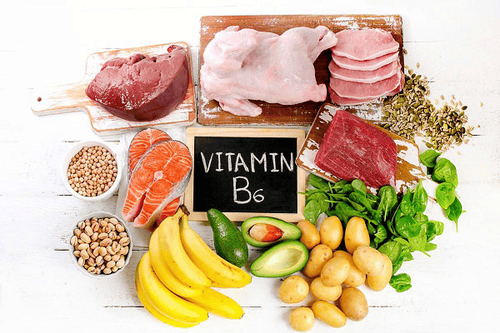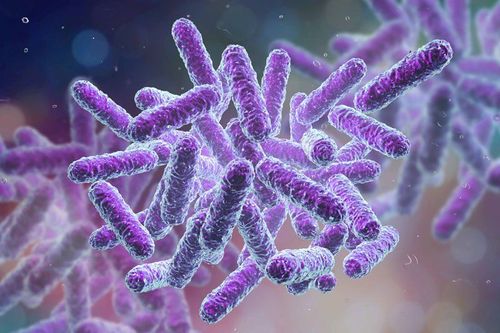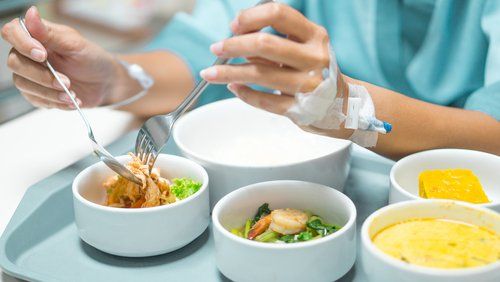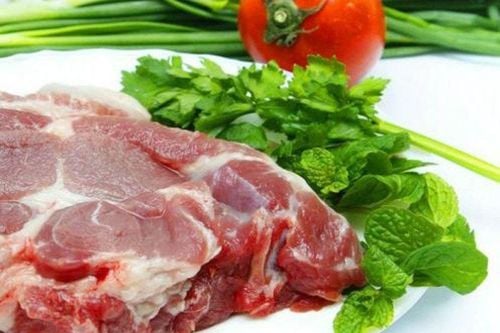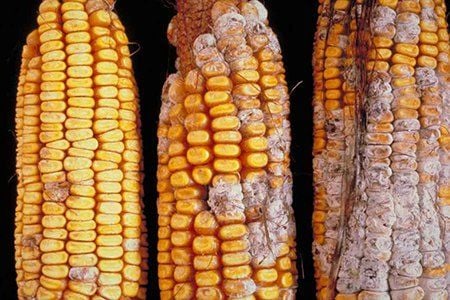This is an automatically translated article.
Each type of food will have an appropriate temperature for the cooking process. If the temperature conditions are ensured, not only delicious dishes but also food safety and nutritional value are ensured.
1. Cooking temperature suitable for each type of food
Food safety experts say that foods are safe to be cooked when they are heated for a long enough time and at a temperature high enough to kill harmful bacteria that cause foodborne illness. To ensure the steps of meat processing are food safe we need to do:
Use a clean food thermometer, measure the internal temperature of cooked food, to make sure meat, poultry and other foods are safe. other food is cooked safely. Cook roast beef, veal and lamb and steak to at least 63 degrees Celsius with a 3-minute break, after removing from the heat source. Cook all poultry to the safe minimum internal cooking temperature of 74 degrees Celsius or to a higher temperature depending on personal preference. Ground beef, which can be contaminated with bacteria during processing, is at least 71 degrees Celsius. To ensure this cooking temperature, a food thermometer can be used to measure the cooking temperature. Cook eggs until yolks and whites are firm. Do not use recipes that make eggs still raw or only partially cooked. When cooking in the microwave, make sure there are no cold spots in the food to create a good environment for bacteria to exist. Use a food thermometer to make sure food has reached a safe internal temperature. If you are reheating food, or leftovers should be heated to 74 degrees Celsius. Bring sauces, soups and gravies to a boil. Cooking foods especially raw meat, poultry, fish and eggs to a safe minimum internal temperature kills harmful bacteria.
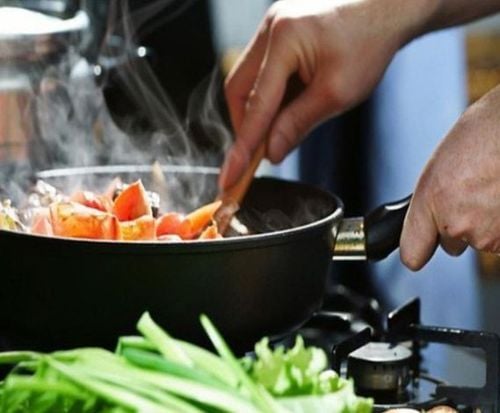
Nấu chín thực phẩm với nhiệt độ bên trong tối thiểu an toàn sẽ tiêu diệt vi khuẩn có hại
Internal temperature of food when cooked:
Beef, pork, veal, lamb: 71 degrees C Turkey and chicken: 74 degrees C Grill steak with a rest time of 3 minutes, then remove from source heat: 63 degrees C Ham, fully cooked: 60 degrees C Cold cuts, fresh: 63 degrees C Sausages, fresh: 71 degrees C Whole bird at least: 74 degrees C. Chest at least: 74 degrees C Legs and thighs at least: 74 degrees C Stewed meat: 71 degrees C Sauces, custards: 71 degrees C Leftovers: 71 degrees C Fish fins: 63 degrees and flaked with a fork
2. Types of thermometers commonly used in cooking
Food thermometers will be used to ensure food has been properly cooked to a safe internal temperature. Plus, you won't overcook your food. There are several types of thermometers available such as:
Oven Safety Dial: This thermometer is inserted into the food at the start of cooking and remains in the food throughout the cooking process. By checking the thermometer as you cook food, you'll know exactly when thick cuts of meat, such as roasts or turkey, are cooked to a safe temperature. This thermometer is not suitable for use with thin foods, such as boneless chicken breasts. Instant Read Dial: This thermometer is not designed to stay in food during cooking. When you think food is cooked to a safe temperature, you check with an instant-read thermometer. To do this, insert an instant-read thermometer into the thickest part of the food. Insert to the point marked on the probe. Approximately 15-20 seconds is required for the temperature to be displayed correctly. This type of thermometer can also be used with thin foods, such as chicken breasts or hamburgers, simply move the probe to the side, making sure that the tip of the probe touches the center of the meat. Digital Quick Read: This thermometer doesn't stay in the food during cooking, you check the temperature when you think the food is done. The advantage of this type of thermometer is that the temperature sensor is located in the tip of the probe. Place the probe tip in the center of the thickest part of the food. It takes about 10 seconds for the temperature to be displayed correctly.
Digital Quick Read Thermometer is very suitable for checking the temperature of thin food like hamburger. Just bring the probe from the top down or sideways.
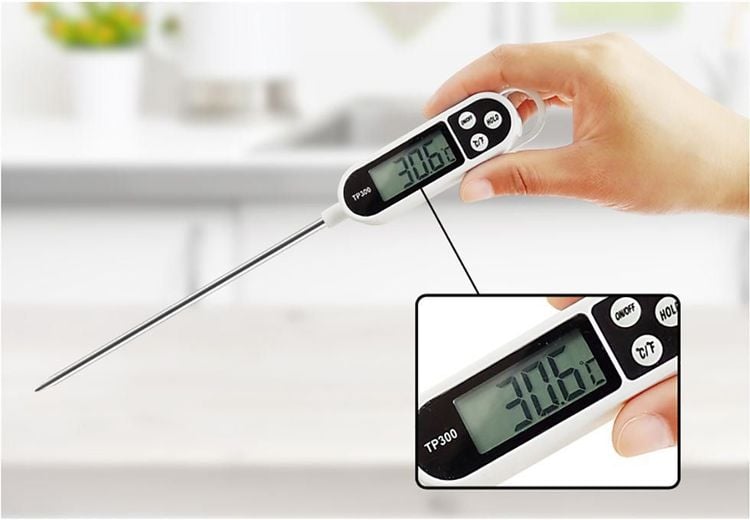
Sử dụng nhiệt kế trong nấu ăn đảm bảo thực phẩm đã được nấu chín đúng đến nhiệt độ an toàn
3. Reheating ready-to-eat food
During the cooking process, you need to remember to reheat some food in the refrigerator that you have already cooked. That's because these foods can be re-contaminated with bacteria after they've been processed and packaged. These foods include: hot dogs, luncheon meats, deli meats, and other deli-style meat and poultry products kept in the refrigerator. Reheat these foods until they are evenly heated. If you can't heat these foods it's best not to eat them. Wash hands with soap and warm water after handling ready-to-eat foods. (Wash for at least 20 seconds.) Wash cutting boards, dishes, and utensils at the same time with hot, soapy water. Thorough washing helps remove any bacteria that may be on hands or other surfaces of food before reheating.
It can be seen that the cooking temperature of the food greatly affects the nutritional content. Therefore, you should pay attention to cook quality dishes, suitable for family taste.
Please dial HOTLINE for more information or register for an appointment HERE. Download MyVinmec app to make appointments faster and to manage your bookings easily.
Reference source: fda.gov



